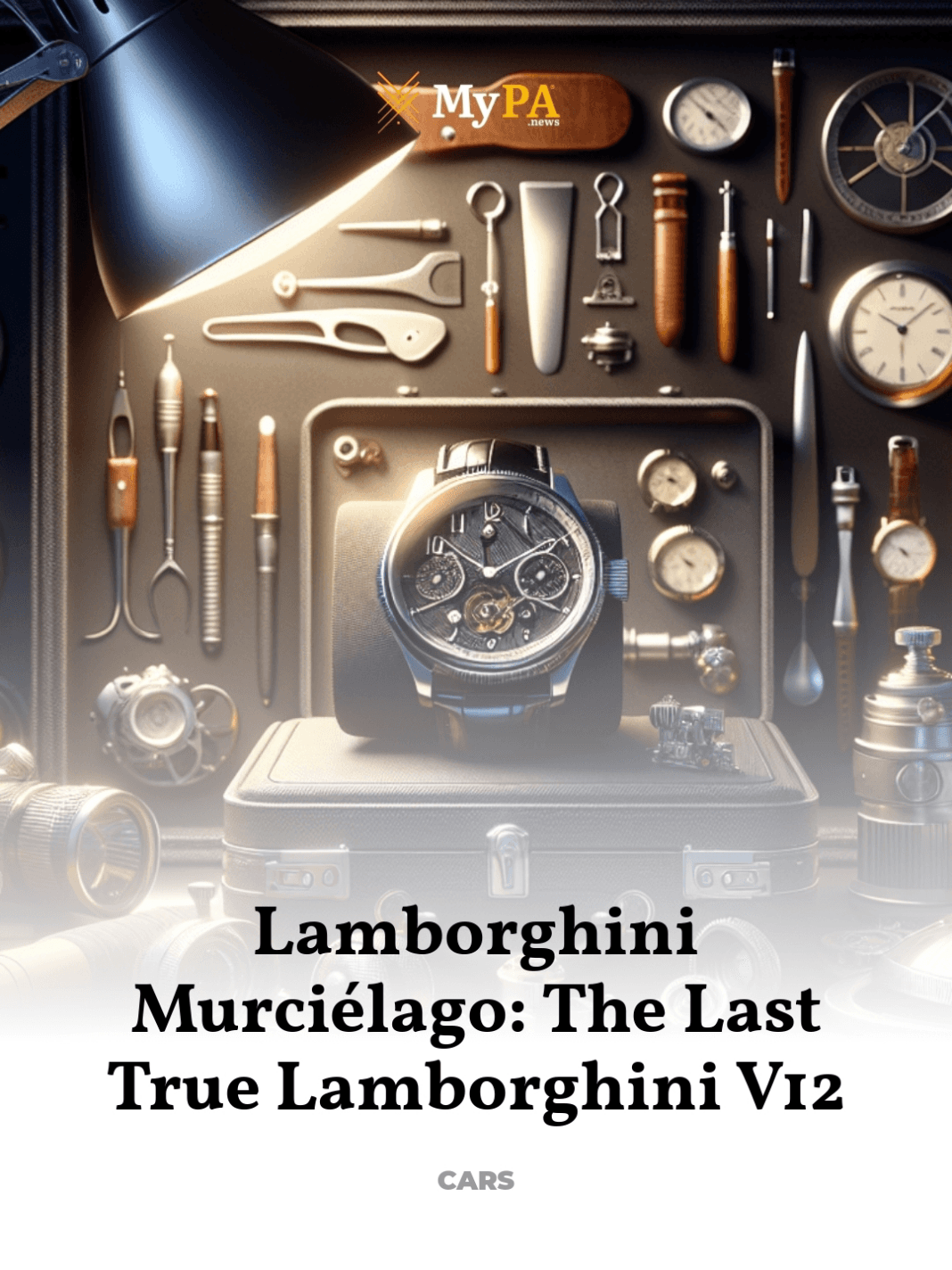How this model bridged the gap between classic and modern Lamborghinis
The Lamborghini Murciélago epitomizes the transition from the marque’s storied past to its dynamic future. As the last model to feature the traditional Lamborghini V12 in its purest form, the Murciélago serves as a pivotal link between the classic charm of Lamborghini’s early days and the innovative spirit defining its contemporary models.
- The Heritage of Lamborghini’s V12 Legacy
- Design Evolution: From Countach to Murciélago
- Technical Mastery of the Murciélago
- Cultural Impact and Iconic Status
- How the Murciélago Paved the Way for Future Innovations
- Concluding Reflections on the Murciélago’s Place in Automotive History
The Heritage of Lamborghini’s V12 Legacy
The story of Lamborghini is deeply entwined with its V12 engines, a hallmark that has defined the brand since its inception in 1963. The brainchild of Ferruccio Lamborghini, the company was established with the goal of creating the ultimate grand touring car, equipped with a V12 engine that combined high performance with luxurious comfort. The debut of the Lamborghini 350 GT set a new standard in the automotive world, but it was the introduction of the Miura—with its mid-engine layout—that revolutionized sports car design.
The V12 engine continued to evolve through models like the Espada and Countach, each iteration refining the power and performance that enthusiasts had come to expect from Lamborghini. By the time the Diablo was introduced in 1990, Lamborghini’s V12 had become synonymous with extreme performance and engineering excellence.
Design Evolution: From Countach to Murciélago
The design ethos of Lamborghini took a significant turn with the introduction of the Murciélago in 2001. As a successor to the Diablo and inheritor of the V12 legacy, the Murciélago was not just a continuation but a reinvention of Lamborghini’s design language. Styled by Luc Donckerwolke, it was the first new model under the ownership of Audi AG, which brought a refined focus on technology and quality.
The Murciélago’s design was both a homage to its predecessors and a bold step forward. Its sharp, angular lines and assertive stance were reminiscent of the Countach, yet its aerodynamics and ergonomics were enhanced to meet modern expectations. The scissor doors remained, preserving one of the most iconic features of Lamborghini’s identity.
Technical Mastery of the Murciélago
The heart of the Murciélago, its 6.2-liter V12 engine, was a masterpiece of automotive engineering, capable of delivering 580 horsepower and reaching speeds of up to 330 km/h. This engine was not just about power; it was about the continuation of a legacy. The all-wheel-drive system and the introduction of an electronically controlled rear spoiler were innovations that improved handling and stability, pushing the boundaries of what was possible in a high-performance sports car.
Throughout its production life, the Murciélago saw several enhancements, including the introduction of the LP 640 model in 2006, which boosted the engine to 6.5 liters and 640 horsepower. The SV (SuperVeloce) variant, limited to just 350 units, further emphasized performance with increased power and reduced weight, making it one of the most exclusive Lamborghinis ever produced.
Cultural Impact and Iconic Status
The Murciélago quickly transcended the automotive world to become a cultural icon. Featured in numerous films, music videos, and television shows, it represented a symbol of success and aspiration. Its dramatic styling and thunderous V12 roar made it instantly recognizable, embodying the passion and excitement that luxury sports cars evoke.
Moreover, the Murciélago became a favorite among collectors and enthusiasts, appreciated not only for its performance but also for its role in Lamborghini’s history as the bridge between the classic and modern eras. Its production run, which ended in 2010, marked the culmination of the traditional Lamborghini V12, making way for the Aventador’s new generation of engines.
How the Murciélago Paved the Way for Future Innovations
The technological and design innovations introduced with the Murciélago laid the groundwork for future models like the Aventador and Huracán. The focus on improved aerodynamics, advanced materials like carbon fiber, and enhanced electronic systems have continued to shape Lamborghini’s approach to automotive design and engineering.
The transition to more environmentally conscious designs and hybrid technologies marks a new chapter for Lamborghini, but the spirit of the Murciélago lives on. It remains a testament to the brand’s commitment to blending tradition with innovation, a philosophy that continues to drive Lamborghini forward in the luxury automotive market.
Concluding Reflections on the Murciélago’s Place in Automotive History
The Lamborghini Murciélago stands as a monumental achievement in the world of luxury sports cars. As the last model to feature the pure, unadulterated V12 engine that was integral to Lamborghini’s identity, it represents a pivotal moment in the brand’s evolution. The Murciélago not only honored the legacy of its predecessors but also set new standards in design and performance that have influenced every Lamborghini model that followed.
For enthusiasts and collectors, the Murciélago is not just a car; it is a piece of automotive history, a bridge between the past and the future, and a symbol of the enduring allure of Lamborghini’s craftsmanship and innovation.
For further exploration of Lamborghini’s heritage and the significance of the Murciélago in the automotive world, visit authoritative sources such as Lamborghini’s Heritage Section.



